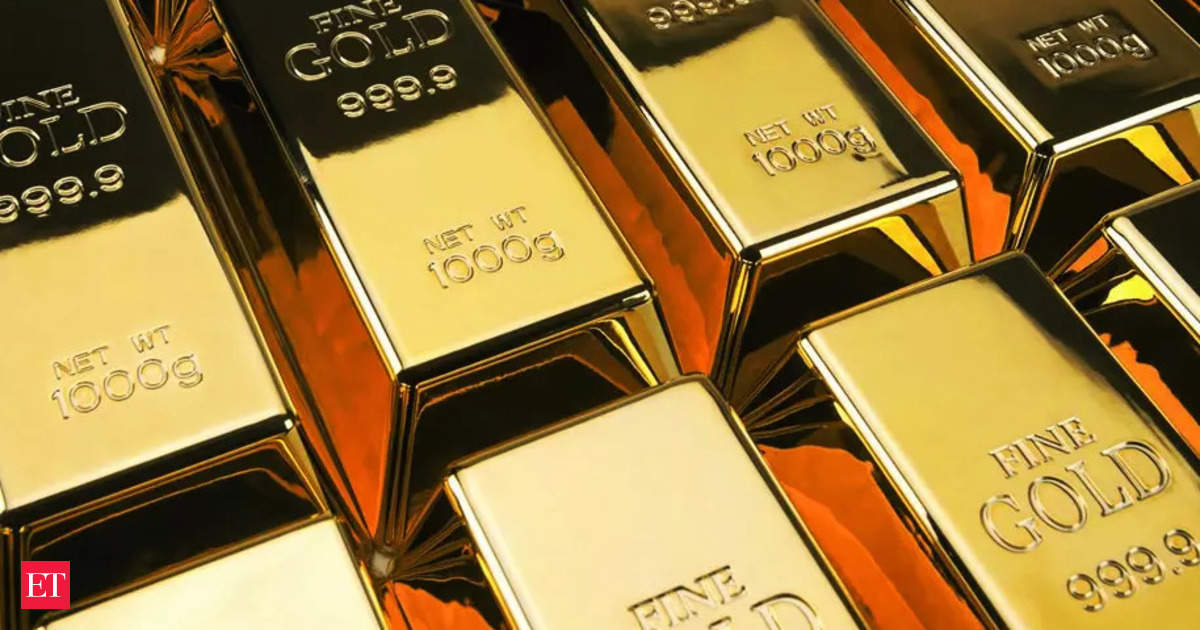Central banks around the world have been actively buying gold in record amounts in the first nine months of the year, according to data from the World Gold Council. This surge in gold purchases by central banks is driven by several factors, including diversification of reserves, geopolitical uncertainties, and concerns over the global economy. The buying spree has been led by central banks in emerging economies like China and Russia, as they aim to reduce their reliance on the US dollar and strengthen their own currencies. These central banks see gold as a safe and stable investment that can serve as a hedge against inflation and currency fluctuations. The increase in gold purchases has had a significant impact on the global gold market, driving up prices and boosting the demand for the precious metal. This trend is expected to continue in the coming months as central banks continue to prioritize gold as part of their reserve management strategy. The surge in gold buying has also raised concerns among some analysts who worry about the potential consequences for the global economy. They argue that excessive gold purchases could create imbalances in the financial system and lead to market distortions. However, proponents of gold buying by central banks argue that it provides stability and confidence in the global financial system. They believe that gold is a timeless store of value and a key asset for central banks to manage their currency and financial risks. Overall, the record purchase of gold by central banks in the first nine months of the year is a significant development that reflects the shifting dynamics in the global economy. The trend highlights the growing importance of gold as a strategic asset for central banks, particularly in a time of increasing uncertainties and economic challenges. As central banks continue to diversify their reserves and reduce reliance on traditional currencies, gold is likely to play a crucial role in their long-term reserve management strategy.











